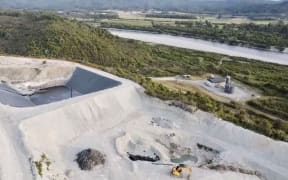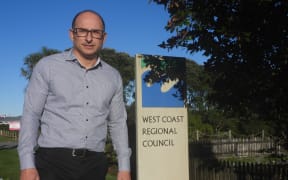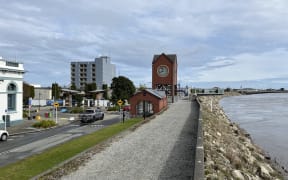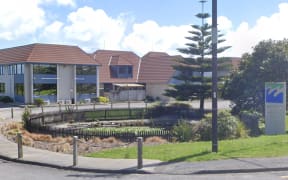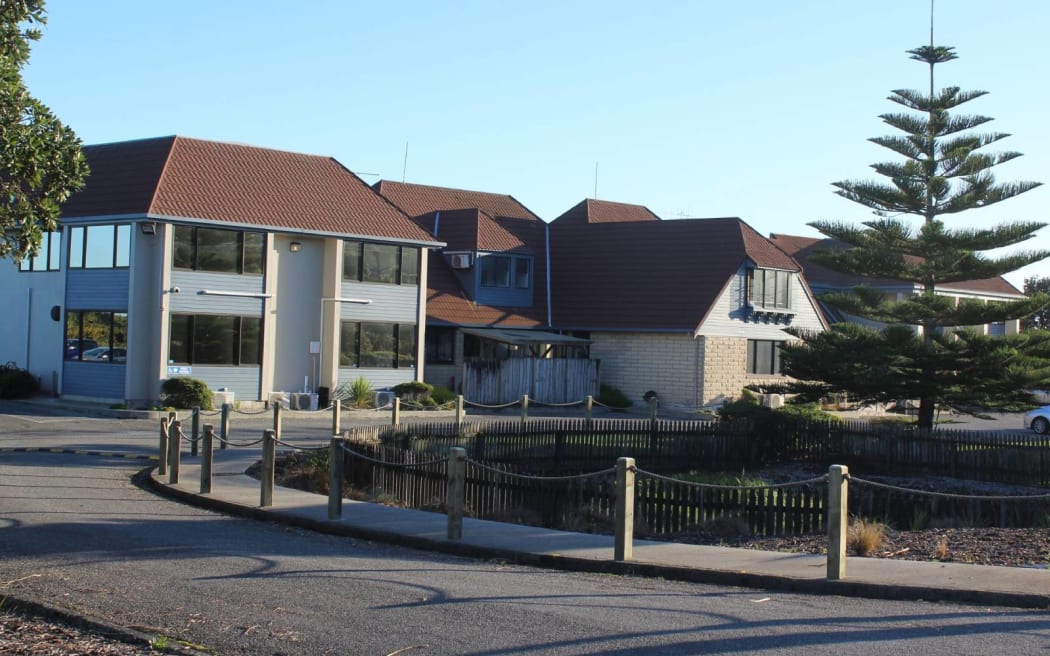
The West Coast Regional Council headquarters at Pāroa, Greymouth. Photo: Greymouth Star / Supplied
West Coast regional ratepayers face an either 27 percent or 44 percent rates hike after increases were "held artificially low for too long".
It is one of the highest of the rates rises being proposed around the country, with Canterbury's regional council looking at 24.2 percent while Buller District Council has signalled a 31.8 percent jump.
West Coast Regional Council's draft consultation document for the 2024-34 Long Term Plan is now public, with council set to debate it on Tuesday before seeking submissions.

Council's total rates requirement for 2024-25 is a proposed 20.8 percent increase on its 2023-24 take.
The draft outlines a quandary amid rising costs and increased activity for council, directly impacting the budget.
A preferred funding option of a 27 percent general rates increase with debt funding is set out "to smooth out the rate increase".
A second rates-only funded option would entail a whopping 44 percent general increase in 2024-25.
"While the proposed increase in rates is large in percentage terms, the dollar amount in rates, particularly for the general rate collected is relatively small," the draft says.
Ratepayers are being asked for specific feedback on the funding proposal behind the 20.8 percent rate take requirement for 2024-25 and if the Te Kinga Predator-free Project should be be solely funded by ratepayers.
Council's preferred option is for ratepayers to fund Te Kinga by $1.06 per $100,000 of capital value from year three of the LTP.
The West Coast Regional Council is the smallest in the country but geographically challenged by its 650km length.
Despite the council's size, it is still compelled to deliver the same services and functions required of all regions. the LTP draft said.
"Resourcing is therefore one of our biggest challenges. Underinvestment in the past has meant that council's systems and processes are under pressure to perform as required and are not delivering on customer expectations."
In the past year council has had to mop up a very public and embarrassing rates accounting system mess.
Shortcomings in its statutory environmental consenting and monitoring function capability has also been aired, as exposed by the Taylorville Resource Park mess.
"Rates have been held artificially low for many years … this is not sustainable. There is no doubt that we have a number of challenges ahead of us."
The change of government and signalled changes to the statutory environment was being closely watched. However, the council was still proposing a significant increase to the general rate for year one.
"This is in part catch-up for what hasn't been rated for in the past, but also in conjunction with the high inflation environment we are currently experiencing.
"This year is big, but it is happening to local government right across New Zealand.
"The business of council, and the levels of service we are expected to deliver on continue to grow," the document said.
"The budgets prepared as part of this Long-term Plan reflect the true cost of doing business."

Mt Te Kinga,with Lake Brunner in the foreground. Photo: West Coast Regional Council / supplied
Recruiting suitably qualified staff to increase capacity is also highlighted, "compounded by a chronic housing shortage" in the region.
In the past two financial years the shortfall between council's revenue and expenditure has been debt funded.
The 2023/24 budget was approximately $22.8 million and it expects a total operating expenditure for all council activities of $25.2m in 2024-25.
The "main drivers" of the proposed rates take increase are:
- rebuilding council's corporate service functions and to implement new IT systems
- reviewing council's overarching regional plans
- progressing the 'one district' Te Tai o Poutini Plan
- construction of the Westport Flood Protection Project.
The preferred option to cover all that would entail a 27 percent general rates increase in the first year with borrowing to "smooth rate increases".
That would be followed by increases of 12 percent in year 2 then by no more than 7.5 percent per year for the life of the LTP.
However the targeted rate outside the general rate will also increase: by 10 percent in year one, 20 percent in years two and three, then by no more than 7.5 percent from year four.
The second option is to fund through rates only. This would entail a 44 percent increase in the general rate in 2024-25, followed by 12 percent in year 2 and then increases of no more than 7.5 percent per year.
In option two, the targeted rate would increase by 14 percent in year one, 20 percent in years two-three, then 7.5 percent from year four onward.
"This is not our preferred option due to the significant rating increase this would impose in the first year and the sustained increases of this rating level in the following years."
Because of the timing differences of the official QV valuations for the three West Coast districts the general rate per $100,000 of capital value (CV) including GST is different for each in year one under the proposed plan.
- Buller District $60.15 per $100,000 CV ($50.25 in 2023/24).
- Grey District $64.96 per $100,000 CV ($50.26 in 2023/24).
- Westland District $64.01 per $100,000 ($50.31 in 2023/24)
A 27.7 percent increase in the Uniform Annual General Charge is also proposed, from $155.69 in 2023/24 to $192.59 in 2024/25 (including GST).
But many regional council ratepayers also have rates above their general rate for each of the 23 flood protection rating.
That fee will be based on the rate requirement, or budgets, created by management and "subject to change" depending on agreed outcomes in the next round of annual rating district meetings in April and May this year.
Meanwhile, the targeted rate for TTPP has reduced from the 2023-24 Annual Plan as it being solely debt funded.
LDR is local body journalism co-funded by RNZ and NZ On Air.
